Looking for ways to stand out with your audience? Interactive content is a surefire way to gain a competitive advantage.
Formerly, long-form guides, eBooks, and video were once seen as the holy grail of content (tactics that typically required high budgets and other extensive resources for creation), all of these formats are now common, and their use is widespread.
Good content is no longer enough. If you are serious about competing online, you need to be creating stellar content that stands out amongst your competitors.
One of the formats that you can leverage to compete online is interactive content. In this guide, we will take a deep dive into engaging content formats and share examples of some of the best pieces out there. Specifically, we will cover:
What is Interactive Content? Why Use Interactive Content and What Are the Benefits? 8 Types of Interactive Content to Consider Using 1. Quizzes 2. Calculators and Tools 3. Interactive Infographics 4. Image Sliders 5. Games 6. Interactive Maps 7. Interactive Webinars 8. Interactive Film and Video Top Tips and Considerations for Creating Interactive ContentWhat is Interactive Content?
Most content can be classified as static—where the reader or audience consumes the content by watching or reading.
However, interactive content is when the audience is actively encouraged to engage with the content that they are consuming. This could be as simple as sharing questions on a live webinar, using a tool or calculator, or taking part in a quiz.
Many audiences are used to engaging with interactive content daily, from content publishers such as Buzzfeed to content creators like Netflix.
Why Use Interactive Content and What Are the Benefits?
As a content marketer, you need to be figuring out how to use interactive content as part of your strategy in 2020. Need a few reasons why and how interactive content can help you? We have rounded up some of the top statistics from HubSpot to help you to see why it gives you a real opportunity to gain a competitive advantage:
62% of B2B marketers are already using interactive content. (Source: DemandGen) Interactive content gains two times more engagement than static content. (Source: DemandGen) 77% of marketers have stated that interactive content has "reusable" value. This means repeat visits and multiple interactions with a brand. (Source: Content Marketing Institute) 75% agree that non-gated interactive content can provide a "sample" of the brand, resulting in a higher degree of lead nurturing. (Source: Content Marketing Institute) 43% of consumers prefer interactive video content over other types of video content because it gives them the ability to decide what information they want to view, and when they want to view it. (Source: MarketingCharts)But aside from these leading statistics, you should be using interactive content because:
It is a fantastic way to drive engagement from your audience and increase the time that they spend on your site. If you can engage your audience, there is an increased chance that they will return to your site in the future. Many forms of this type of content mean that you can easily capture data from those engaging with your assets. It can help you to position yourselves as industry leaders, building brand loyalty, and standing out from your competitors. If you are creating content to build links, it can help you to develop engaging assets that journalists will want to share with their audiences and help you to earn more connections with your email outreach efforts.8 Types of Interactive Content to Consider Using
To start thinking about how you can use interactive content as part of your content marketing strategy, we have rounded up some of our favorite pieces to inspire you to see what is possible.
Of course, you must consider which types of interactive content are the most suitable for your audience. Formats that can work well to engage a B2C audience are usually very different from a B2B audience. However, the more you immerse yourself in successful content that other people have created, the better ideas you will have.
Take notes, bookmark these inspirational examples, and start thinking about how you can use similar formats in your strategy.
1. Quizzes
Perhaps the most manageable format of interactive content that you can create, and a highly successful one for engaging an audience, is quizzes.
Quizzes are effective for the simple reason that they are fun and often highly shareable. They are a perfect way to encourage a participant to share their results and challenge their friends to do better.
In many ways, they are an easy entry point to creating interactive content because of tools such as Quiz Maker and Survey Monkey that allow easy creation and sharing.
Here are two examples of engaging quizzes that we think you'll love:
Buzzfeed: Sorry, If You're Under 40 There's No Way You'll Pass This Quiz
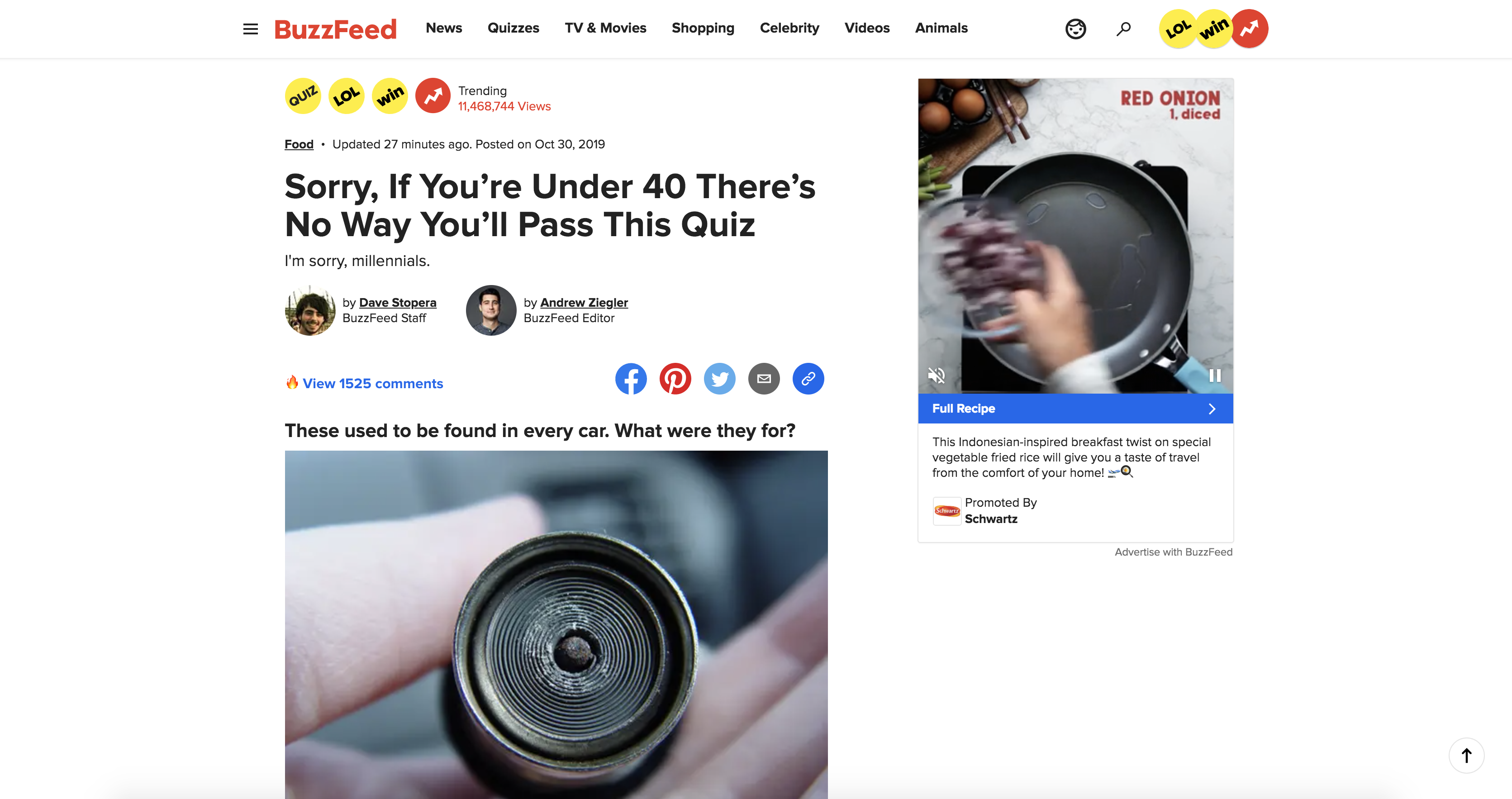
Expedia: Accent Quiz
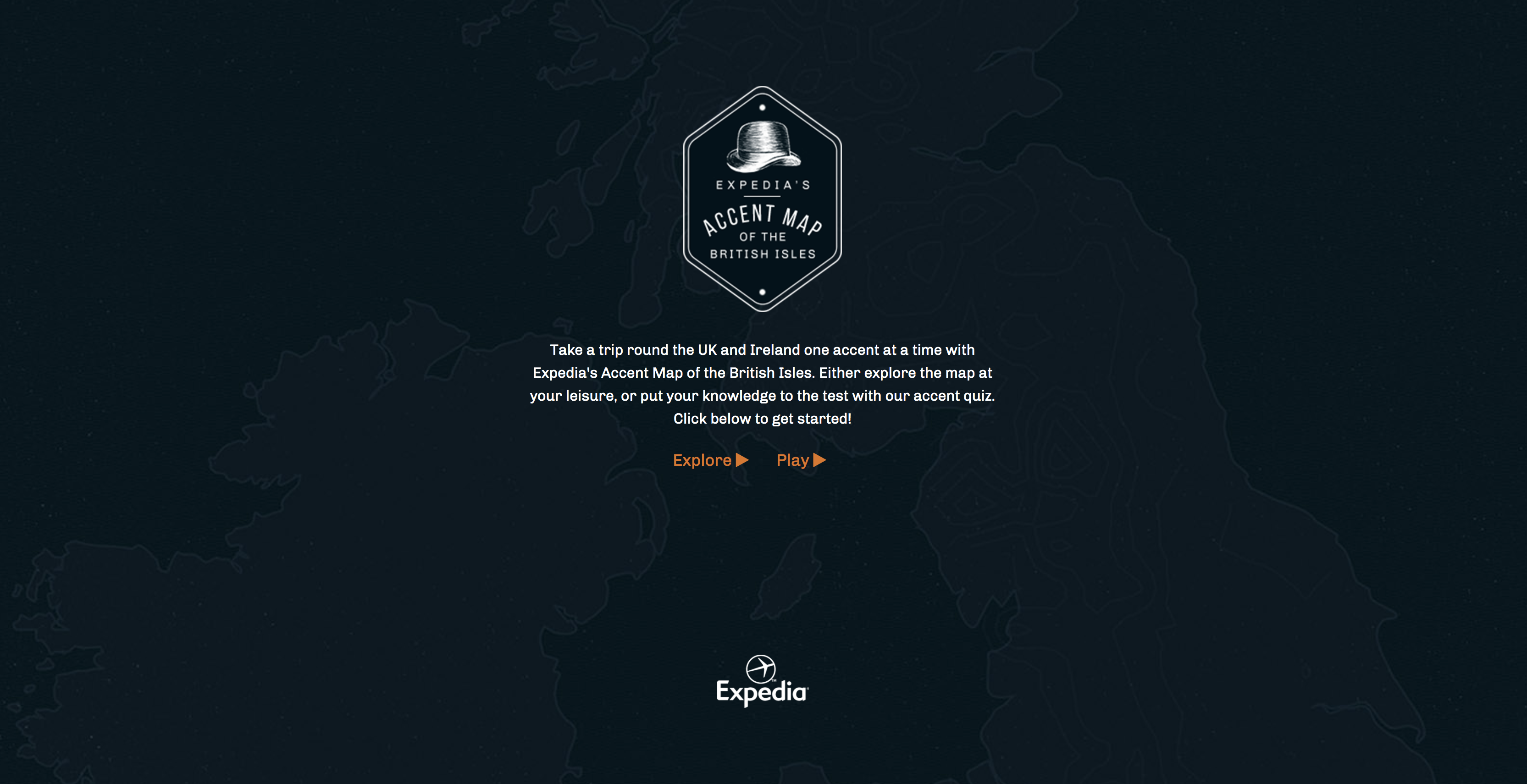
2. Calculators and Tools
Calculators and online tools can be a great way not only to drive engagement from your audience but also to generate leads or help to build links from the press with digital PR.
Calculators and tools can be fun, entertaining, and useful, and they are a flexible format that can give you an edge on competitors when you identify a need that an asset like this can fill.
Here are two very different examples of calculators and tools that we think you will love:
NerdWallet: Mortgage Calculator
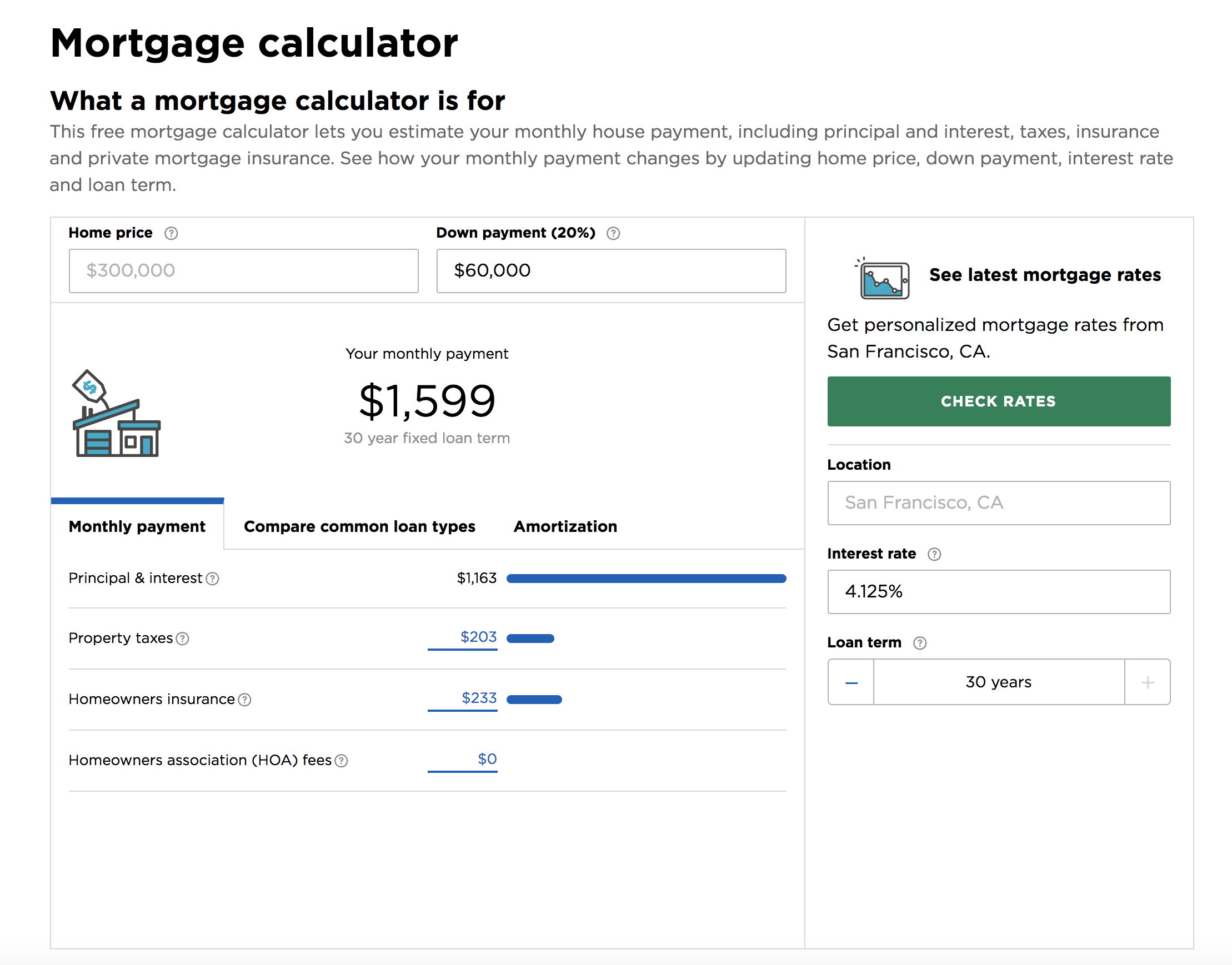
Missy Empire: You vs. the Kardashians
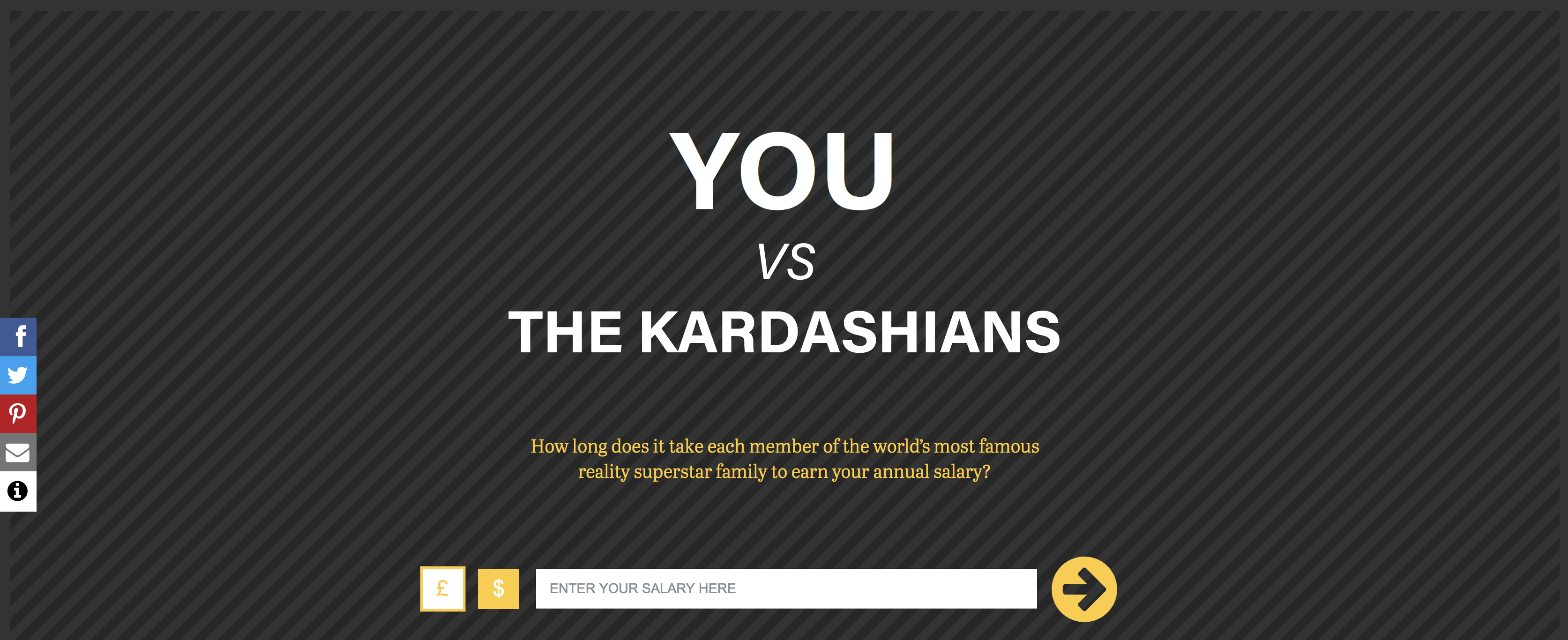
3. Interactive Infographics
Marketers have been using infographics for years now to visualize data and also as a proven way to build links from relevant publications.
But the truth is that infographics, in most cases, have a low barrier to entry. Even if you do not have an in-house designer, tools like Canva can help you to create something that looks great in just an hour or two.
This, combined with the fact that many people have claimed infographics to be dead several times, means that it can be hard to stand out.
The reference above from Zazzle highlights that:
There are so many infographics out in the wild now. Sadly that means that the majority of site visitors and owners treat them with a kind of contempt usually reserved for discarded chewing gum - and that's a great shame. Oversupply has created a situation where even the great ones are being overlooked.
— Zazzle
This is a real problem.
So how do you stand out?
By creating a skyscraper version... and go interactive!
Interactive infographics can take a concept that could work as a static version and turn it into something engaging that stands out from the crowd.
And that is what these two examples brilliantly showcase:
CEWE Photoworld: Photos of Instagram

NeoMam: 13 Reasons Why Your Brain Craves Infographics
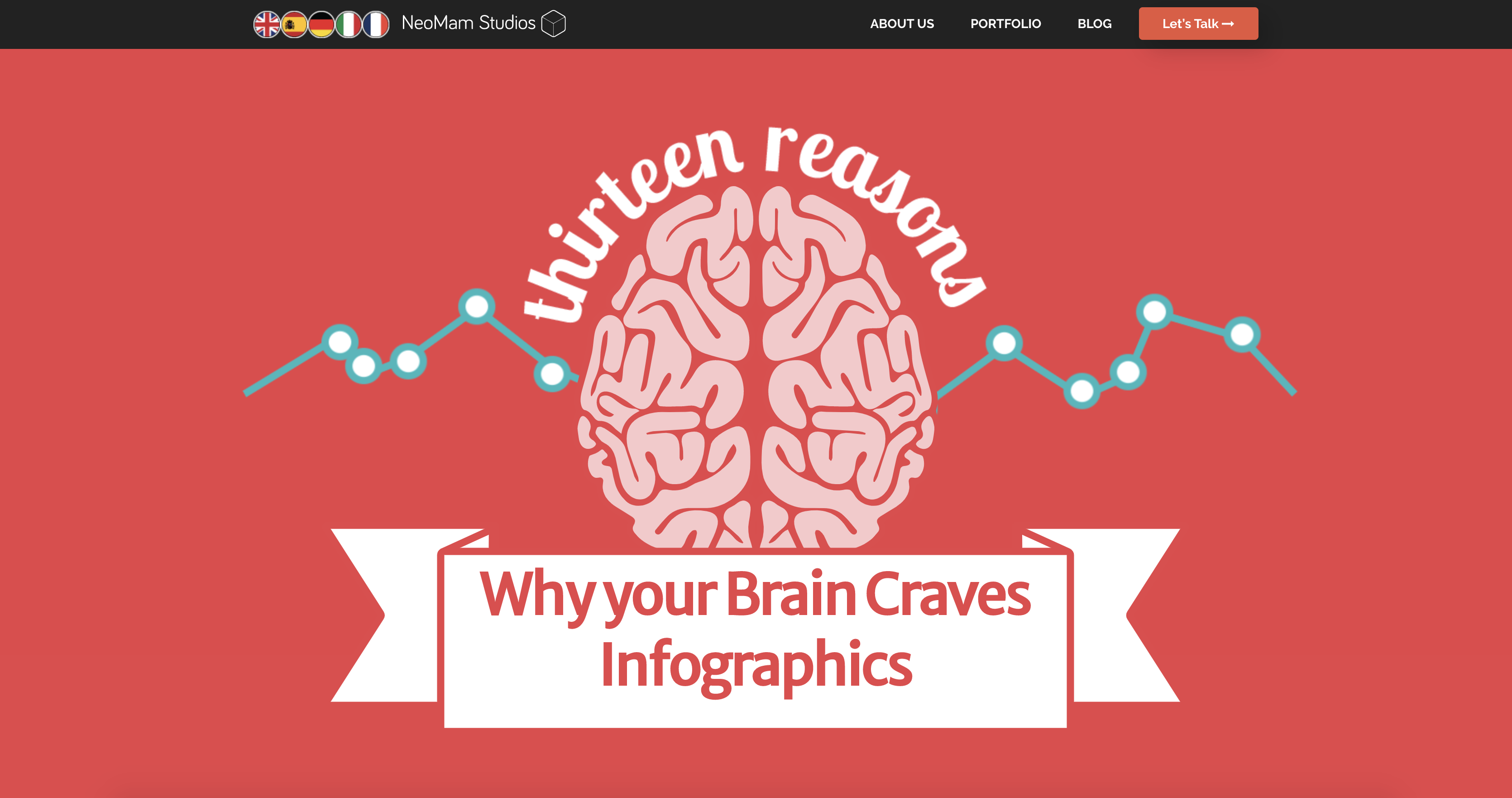
4. Image Sliders
Images on their own can be impactful, especially when they are showing a comparison or two or more things (think a before and after).
But one of the common frustrations with this visual is that our eyes are often drawn to the after, even before we have looked at the before.
For this reason, a simple but effective image slider can be the perfect way to compare multiple images in a way that increases engagement and impact, just as the example below shows:
Under Lucky Stars: If Light Pollution Cleared

5. Games
Perhaps the ultimate format of interactive content is games.
But the problem that many have is that they are not usually budget-friendly. The custom development involved in building and designing a game often means that significant budgets and resources are needed for their production.
That said, great games can generate engagement, help you to earn links from the press, create a buzz on social media, and get relevant user data, making them one of the few formats that can meet multiple goals with one piece of content.
If you have got a great idea that you are confident will drive the results you need to justify your investment, it is a great way to set yourself apart from everyone else.
And these two examples do a brilliant job of showing relatively simple games that have proven to be successful for their creators:
JustPark: How Old Are Your Reactions?
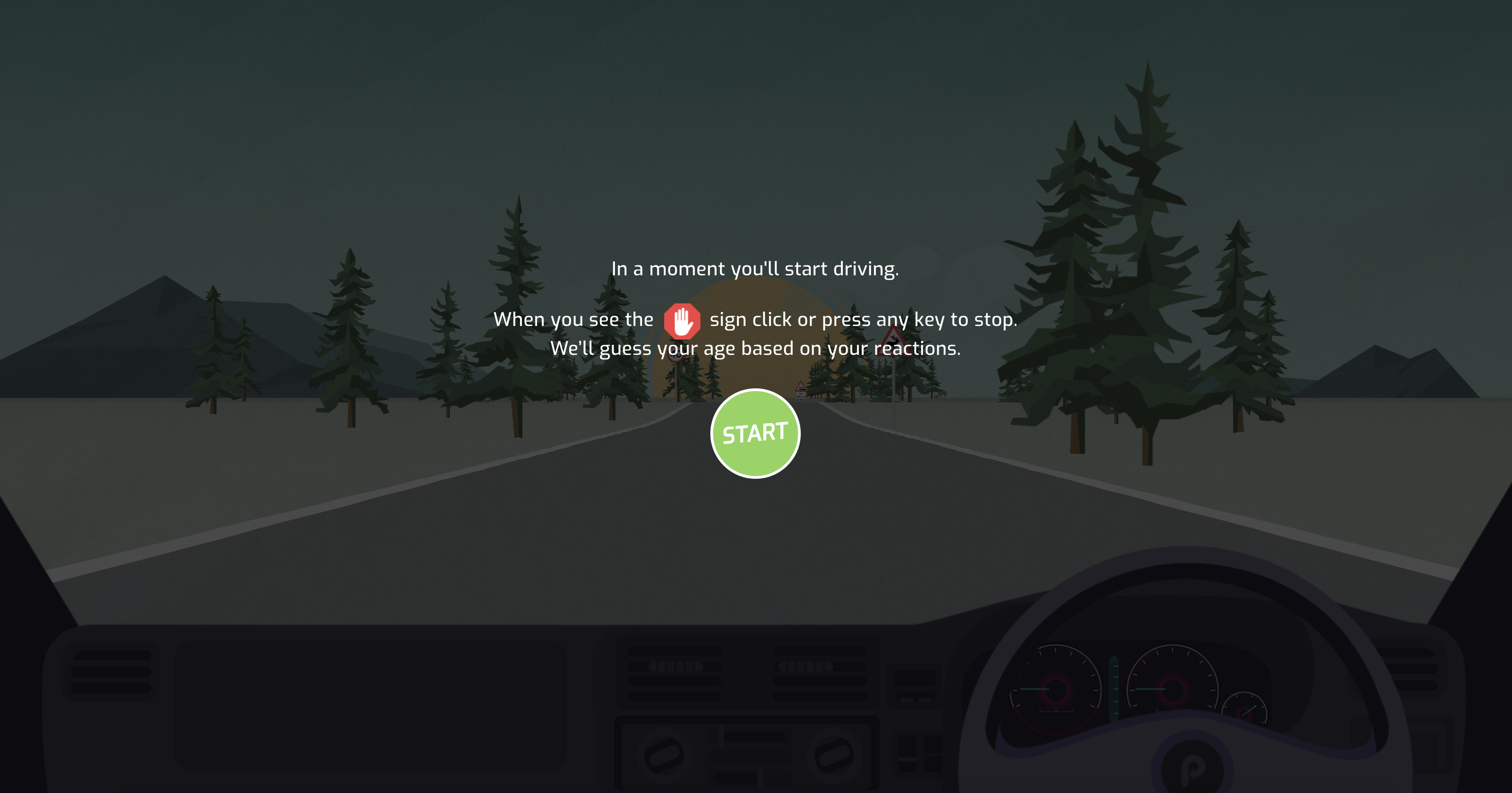
Who Can Fix My Car: Car Alloy Quiz
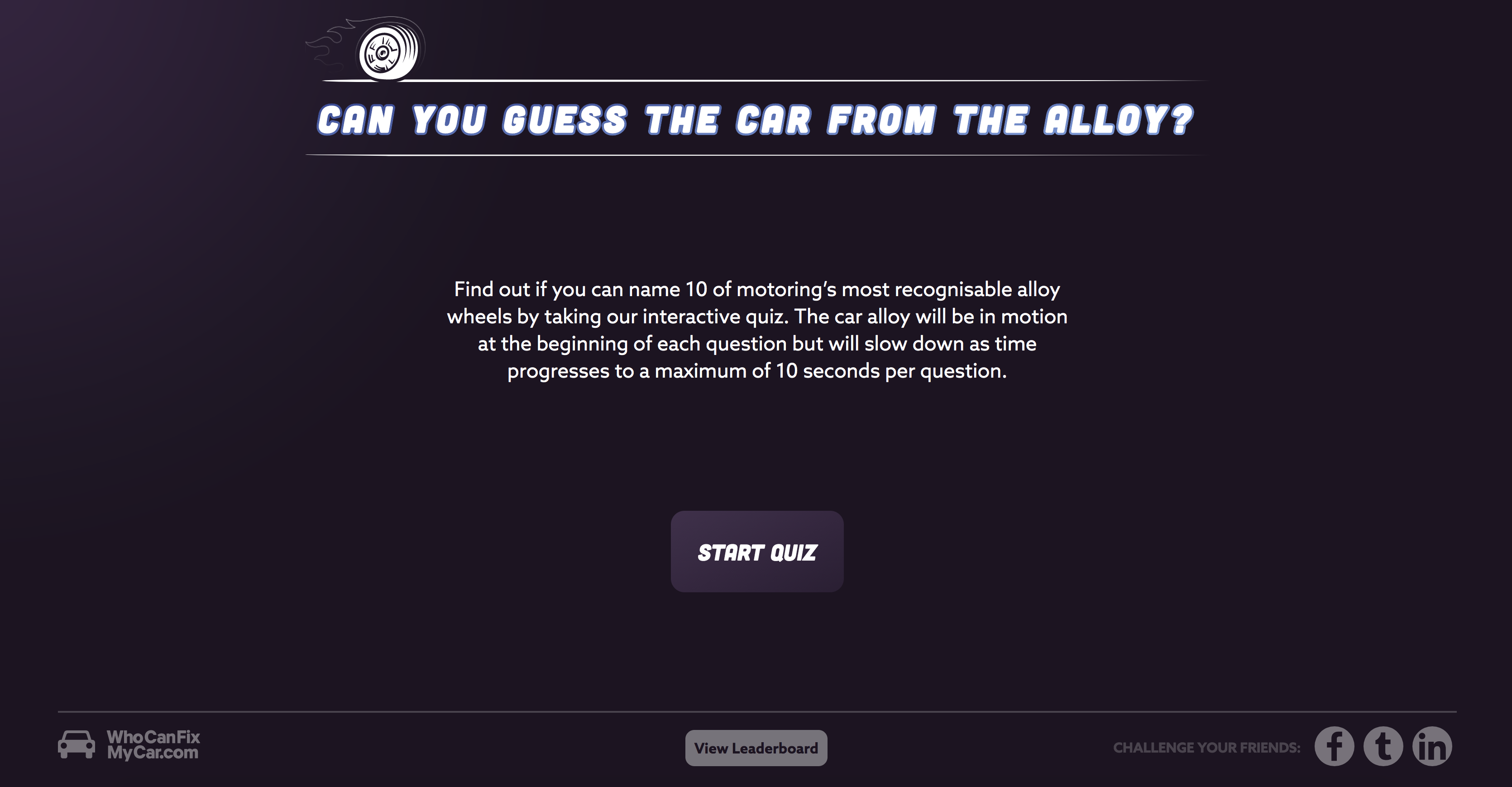
6. Interactive Maps
Maps have been a popular content format for a long time. If you are looking to visualize different locations or routes, there isn't a more suitable format.
The simple nature of maps means that different people likely want to see different things, and the limitations of static maps mean that this is not possible. Why not make your maps interactive to help engage your audience and help them to consume the content that they want to see in a way that allows them to do so?
Here are two different examples of ways in which interactive maps have helped to create content that creates a fantastic experience:
Travel Supermarket: Where the World Wants to Go on Holiday
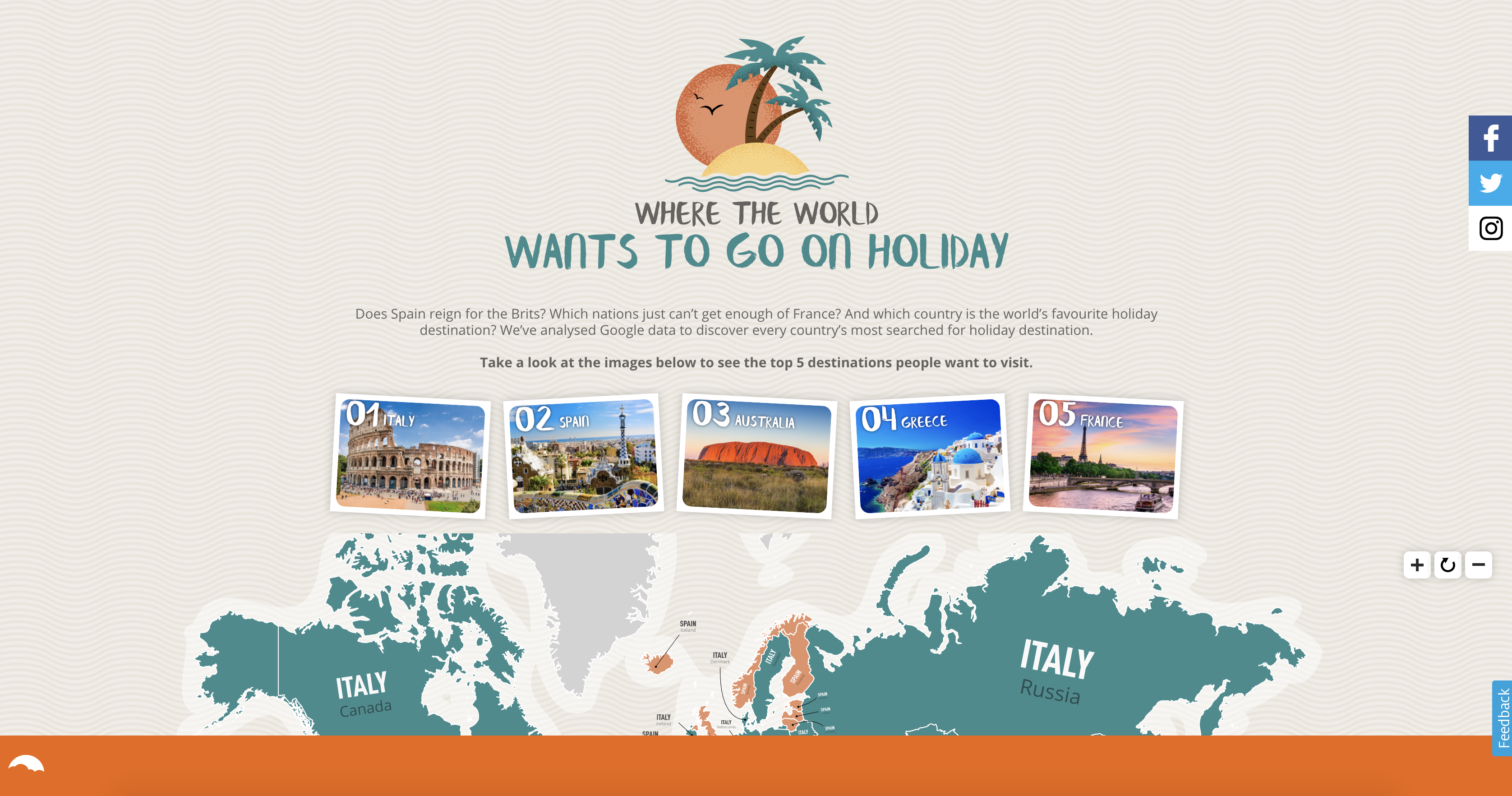
Compare the Market: Drive Europe
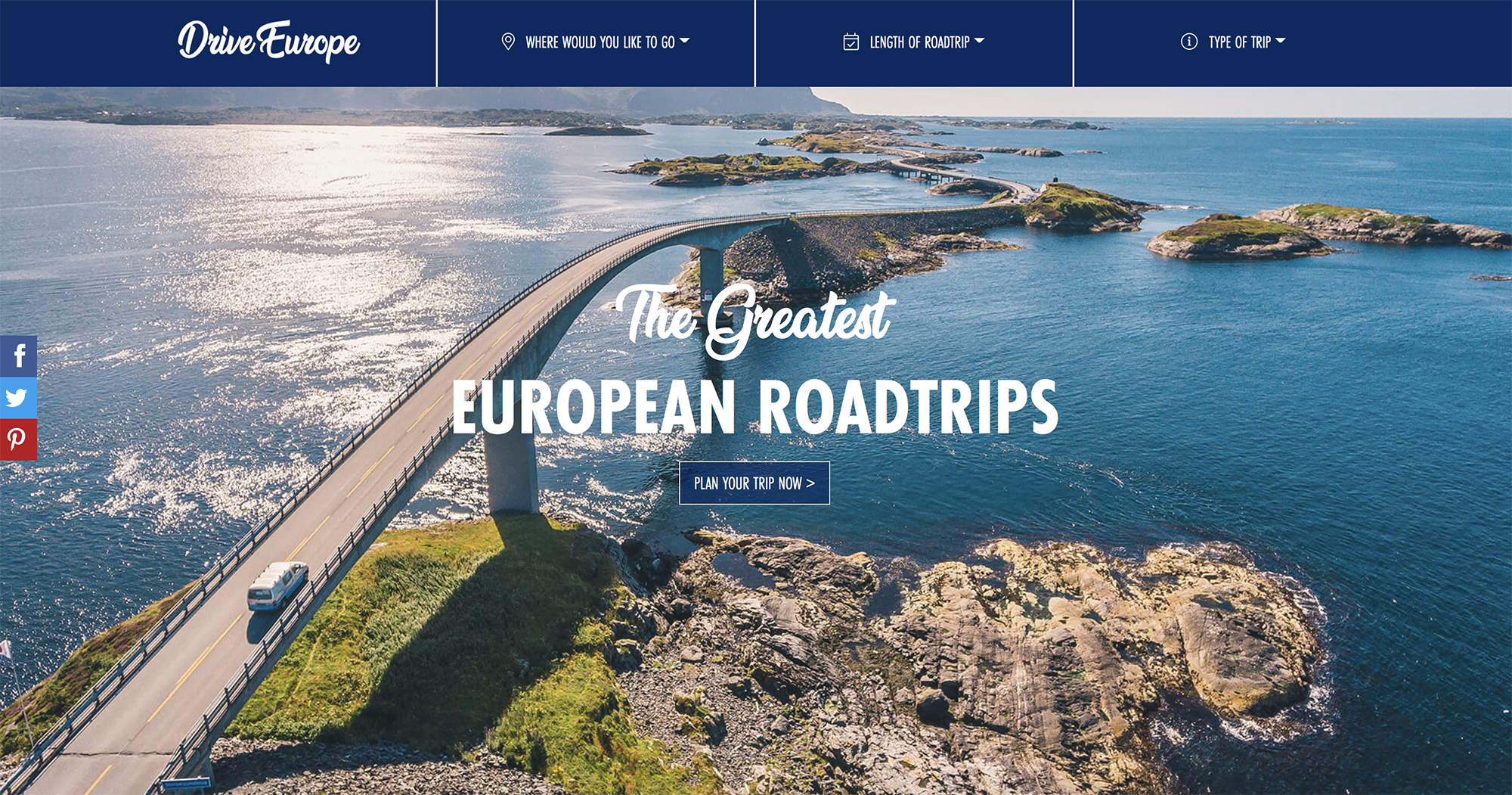
7. Interactive Webinars
The latest figures highlight a rise in streamed content consumption by almost one-third compared to the same time last year.
But video, by default, is not necessarily an interactive format of content.
However, that does not mean that you cannot create an interactive video experience in the form of a live webinar. Using services such as Zoom or GoToWebinar, pretty much anyone can host an engaging webinar and accept live questions from attendees.
We are often too quick to regard interactive content as being where an individual engages with content via their computer or mobile device. Still, interactive Q&A sessions are absolutely a form you should be using.
8. Interactive Film and Video
The possibilities to take film and video content to the next level only continues to develop.
Of course, these are not necessarily budget-friendly formats of content. But if you want to push boundaries and take your content to the next level, possibilities are starting to emerge to give your audience content that they allow them to be in full control.
Last year, Netflix released Black Mirror, arguably the first great interactive film, where users were in control of the outcome.
With the rise of VR and AR, how you can create interactive film and video experience is something you should be thinking about and preparing for now and in the future.
These two examples show different ways in which interactivity has helped to enhance an otherwise 'standard' format of content, creating something that stands out and ultimately adds immense value to the audience:
Lenstore: 24 Hour London
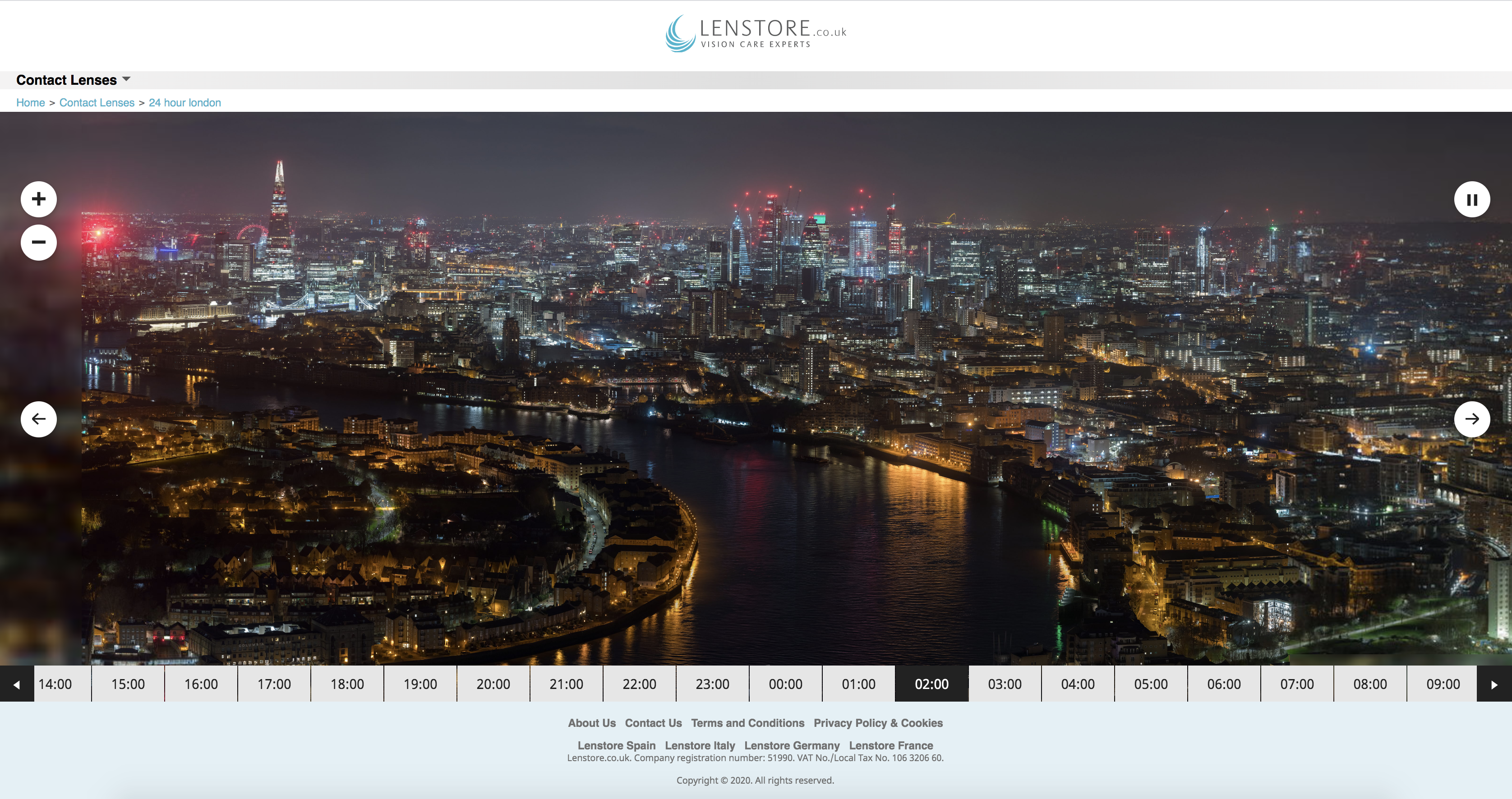
Netflix: Black Mirror: Bandersnatch
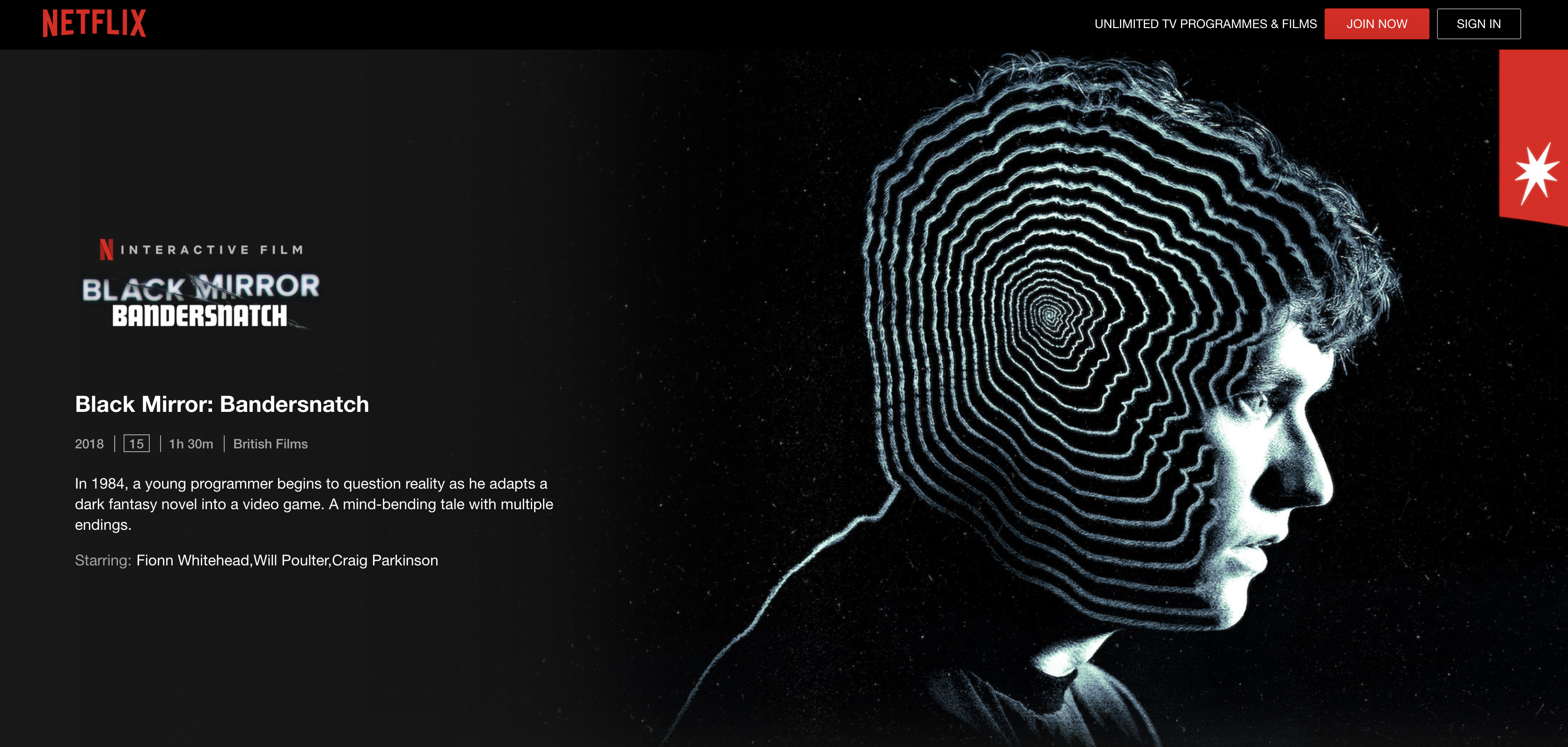
Top Tips and Considerations for Creating Interactive Content
Creating interactive content is not always as simple and straightforward as creating static content, and here are our top tips and considerations for launching something that inspires:
Consider your budget and resources. In most cases, interactive content requires time and money. However, it is essential to know your limits before planning content of this format. You do not want to find that a great idea has to be scrapped because of resource constraints. Consider technical requirements. Uploading static content is usually a case of uploading an image via your CMS, but integrating interactive content could be a lot more complicated. It is essential to understand any restrictions that are in place before you develop an interactive asset. Know your audience. Different audiences respond to different formats of interactive content, and you must take the time to understand what is working for others in your sector or the broader topics that could benefit from interactive content. Our Content Marketing Toolkit can help you to build out a more comprehensive content strategy that understands your audience and the opportunities that exist.If you are not already creating interactive content, it is time to start exploring and developing strategies.
Combine a great idea with an engaging asset, and you are all set to create something that delivers a real competitive advantage and measurable results. Good luck, ideating! Top Branding Agencies in BelgradeInnovative SEO services
SEO is a patience game; no secret there. We`ll work with you to develop a Search strategy focused on producing increased traffic rankings in as early as 3-months.
A proven Allinclusive. SEO services for measuring, executing, and optimizing for Search Engine success. We say what we do and do what we say.
Our company as Semrush Agency Partner has designed a search engine optimization service that is both ethical and result-driven. We use the latest tools, strategies, and trends to help you move up in the search engines for the right keywords to get noticed by the right audience.
Today, you can schedule a Discovery call with us about your company needs.
Source:





